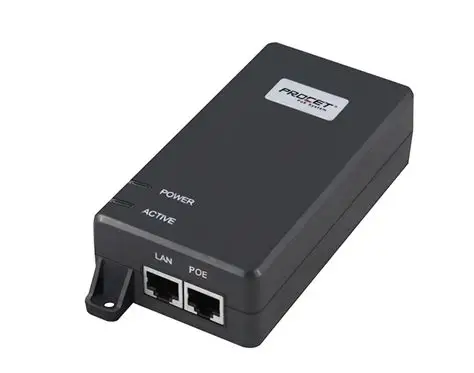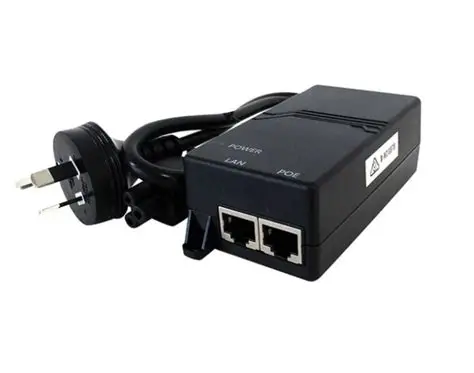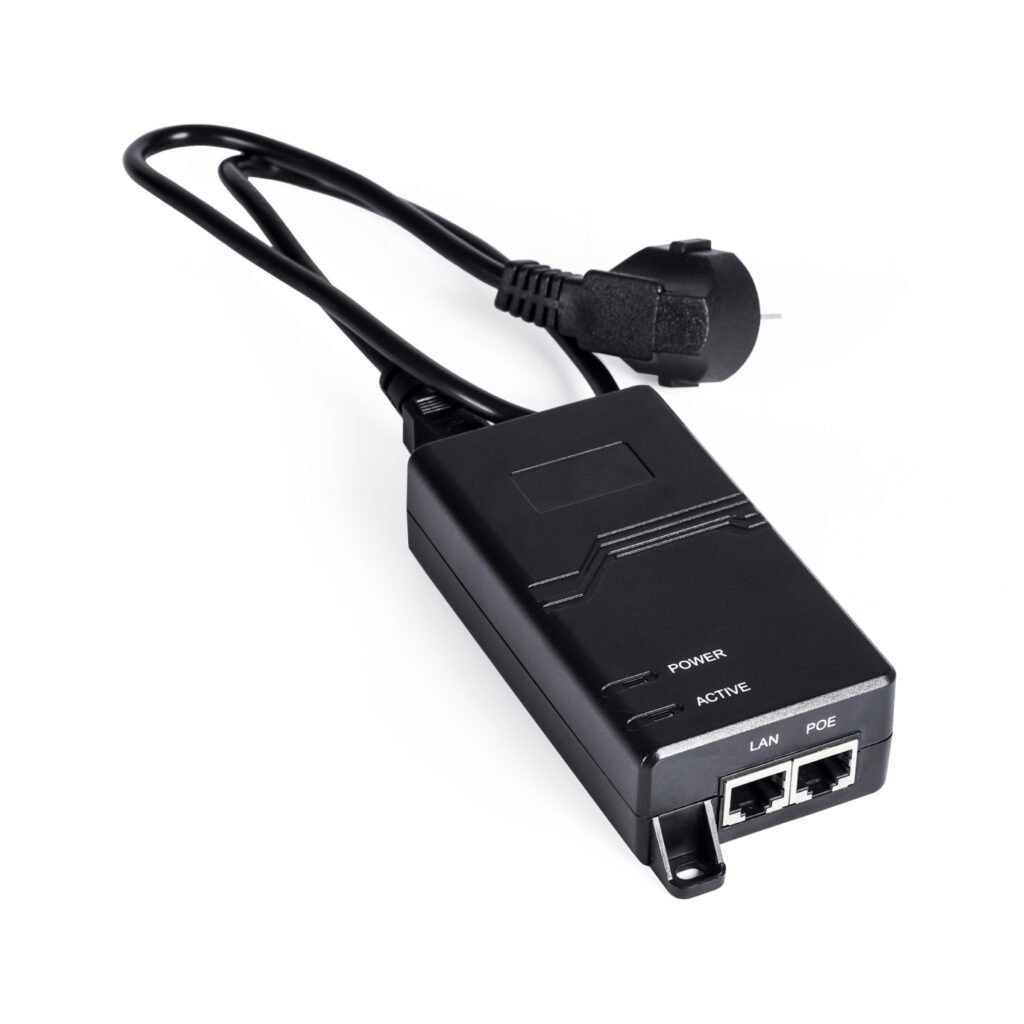The primary distinction between POE (Power over Ethernet) and non-POE devices lies in their power delivery methods.
Power Delivery Method:
- POE: POE devices transmit both data and electricity through Ethernet cables, eliminating the need for separate power adapters or outlets. This technology simplifies installation and reduces the need for power cabling.
- Non-POE: Non-POE devices cannot receive power over Ethernet cables and require independent power adapters or outlets for electricity.

Cabling Requirements and Management:
- POE: Devices using POE typically require only a single Ethernet cable for both data and power transmission, reducing the complexity of device cabling.
- Non-POE: Non-POE devices may necessitate additional power line management and cabling work, increasing installation complexity and cost.
Flexibility:
- POE: Since POE devices can be powered over Ethernet cables, they offer greater flexibility for relocation and repositioning, as they are not restricted by power outlet locations.
- Non-POE: Non-POE devices require consideration of power outlet locations when moved or rearranged, potentially limiting their flexibility.
In summary, POE technology simplifies device installation and cabling by transmitting both data and power over Ethernet cables, enhancing flexibility. Non-POE devices, however, require separate power supplies, increasing installation complexity and cost.

POE power supplies typically feature two interfaces: POE and LAN. The LAN port connects to network devices like switches, while the POE port connects to POE-enabled devices such as AP antennas (with WiFi communication capabilities).
POE (Power Over Ethernet) refers to the technology that delivers both data signals and DC power to IP-based endpoints (such as IP phones, wireless LAN access points, network cameras, etc.) over existing Cat.5 Ethernet cabling infrastructure without any modifications.
Relevant Standards
Early PoE applications lacked standardized protocols and utilized idle power delivery methods.
IEEE 802.3af (15.4W) became the first PoE power supply standard, defining Ethernet power delivery specifications and serving as the mainstream implementation standard for PoE applications.
IEEE began developing this standard in 1999, with early participating manufacturers including 3Com, Intel, PowerDsine, Nortel, Mitel, and National Semiconductor. However, the standard's limitations hindered market expansion. In June 2003, IEEE approved the 802.3af standard, which explicitly defined power detection and control mechanisms for remote systems.
It also specified how routers, switches, and hubs supply power over Ethernet cables to devices such as IP phones, security systems, and wireless LAN access points. The development of IEEE 802.3af involved contributions from numerous corporate experts, ensuring the standard's thorough validation across various aspects.
POE Splitter Connection Method
The “splitter connection method” for POE power adapters refers to expanding a single POE power port into two ports via an adapter, enabling simultaneous power delivery to two devices. This method utilizes a splitter to rationally distribute the power line within the network cable, ensuring both devices receive a stable power supply. Note that the total power consumption of connected devices must not exceed the maximum output capacity of the original POE port.

Applicable Scenarios and Precautions:
- Small surveillance systems: A single POE switch port can simultaneously power two cameras.
- Office environments: A single port can connect both an IP phone and a wireless AP.
- Power matching: Ensure the combined power consumption of both devices does not exceed the rated power of the POE port.
- Cable quality: Use Cat5e or higher-grade network cables to minimize power loss.
Specific Operation Steps:
Prepare a POE splitter and verify compatibility with your devices.
1. Connect the main network cable to the splitter's input port.
2. Use two separate network cables to connect the splitter's output ports to the target devices.
3. Power on for testing and observe the status of the devices' indicator lights.
4. If necessary, use testing equipment to verify the stability of the power supply.
As a professional manufacturer and wholesaler of charging adapters, Macable offers a wide range of POE charger adapters that comply with international certification standards to meet the needs of global consumers. We are committed to providing efficient, safe, and environmentally-friendly charging solutions, offering users a smarter and more convenient charging experience.
